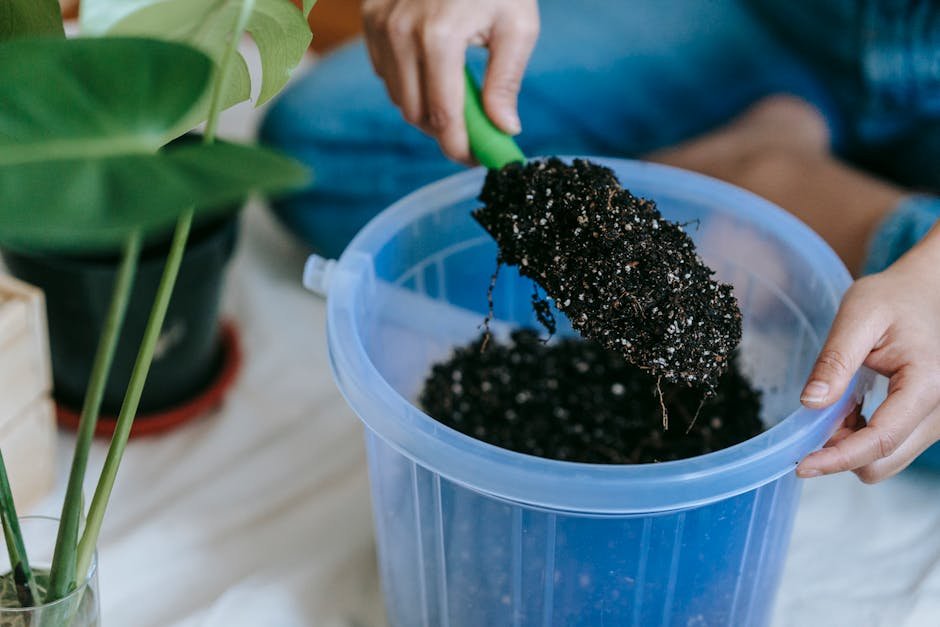Discover how wool pellets, created from waste wool, can be the key to transforming sustainable agriculture practices. Let's explore the innovative potential of these natural products and their impact on the environment.
The Potential of Wool Pellets in Soil Enrichment
Wool possesses remarkable potential in enriching soil quality and promoting sustainable farming practices. Pelletized wool contains valuable nutrients that can positively impact soil health and foster plant growth. By exploring the benefits of wool pellets, we can unlock innovative solutions for enhancing agricultural sustainability.
One of the key advantages of using wool pellets lies in their ability to act as a slow-release fertilizer, providing a consistent supply of nutrients to plants over an extended period. This gradual nutrient release not only ensures optimal growth conditions for crops but also reduces the risk of nutrient leaching, thus minimizing environmental impact. Incorporating wool pellets into soil enrichment practices can significantly enhance overall agricultural productivity.
Moreover, the organic matter present in wool pellets serves as a catalyst for microbial activity in the soil, promoting a healthy ecosystem underground. This enhanced microbial diversity leads to improved nutrient cycling, better soil structure, and increased water retention capacity. As a result, the use of wool pellets contributes not only to the immediate benefit of crop growth but also to the long-term sustainability of agricultural lands.
Reducing Waste and Promoting Sustainability
The concept of repurposing wool waste into beneficial agricultural resources aligns perfectly with the principles of sustainability and waste reduction. Instead of allowing wool to accumulate in landfills, transforming it into pellets for soil amendment presents a win-win solution for both the environment and the farming industry. By diverting wool waste from disposal sites and integrating it into agricultural practices, we can create a more circular and eco-conscious system.
Furthermore, the process of converting waste wool into pellets requires minimal energy input compared to the production of synthetic fertilizers. This eco-friendly approach not only reduces carbon emissions but also contributes to a more energy-efficient agricultural sector. Embracing wool pellets as a sustainable alternative not only mitigates waste issues but also paves the way for greener farming methods that benefit the planet as a whole.
The shift towards utilizing wool pellets underscores a paradigmatic change in how we view and utilize resources, emphasizing the importance of transforming supposed waste into valuable inputs for agriculture. This shift reflects a broader trend towards circular economies and sustainable resource management, signaling a positive step forward in creating a more environmentally conscious and responsible agricultural industry.
Enhancing Crop Growth and Nutrient Absorption
By enhancing soil fertility and structure, wool pellets play a crucial role in supporting robust crop growth and maximizing nutrient absorption by plants. The unique properties of wool pellets, such as their moisture retention capabilities and slow nutrient release, create an optimal environment for plants to thrive. Through the gradual decomposition of wool pellets, essential nutrients are made available to plants at a pace that aligns with their growth requirements, ensuring steady and sustained nourishment.
Additionally, the thermal insulation provided by wool pellets helps regulate soil temperature, protecting plant roots from extreme heat or cold stress. This moderation of soil temperature contributes to a stable and favorable growing environment for plants, allowing them to develop strong root systems and exhibit increased resilience to environmental fluctuations. As a result, incorporating wool pellets into agricultural and garden practices can lead to improved crop yields and enhanced overall productivity.
The holistic approach of utilizing wool pellets not only as a nutrient source but also as a soil conditioner highlights their multifaceted benefits in agriculture. By addressing the interconnected needs of soil health, plant nutrition, and environmental sustainability, wool pellets offer a comprehensive solution for farmers seeking to optimize their production systems while minimizing negative impacts on the ecosystem.
Environmental Benefits of Wool Pellets
Integrating wool pellets into agricultural practices brings forth a plethora of environmental benefits that extend beyond typical soil amendments. Unlike conventional synthetic fertilizers that can leach harmful chemicals into water sources, wool pellets provide a natural and safe alternative for nurturing crops. The organic nature of wool pellets ensures that they break down harmlessly in the soil, enriching it with nutrients while promoting microbial diversity and aeration.
Furthermore, the use of wool pellets helps reduce the reliance on chemical inputs, thereby lowering the overall carbon footprint of agricultural activities. By transitioning towards more sustainable soil enrichment methods, farmers can contribute to the preservation of biodiversity, fostering healthier and more resilient ecosystems. The integration of wool pellets into agroecosystems represents a step towards a greener and more ecologically balanced approach to farming.
From reducing greenhouse gas emissions to enhancing soil structure and fertility, the environmental advantages of wool pellets are numerous. Embracing these natural soil amendments not only benefits agricultural productivity but also aligns with broader environmental goals of combatting climate change and promoting sustainable land management practices. The adoption of wool pellets signifies a shift towards more harmonious and regenerative agricultural systems that prioritize both productivity and environmental stewardship.
Embracing the Future of Sustainable Agriculture with Wool Pellets
In conclusion, wool pellets present a promising opportunity to enhance sustainable agriculture practices, offering a natural and effective solution to improve soil health and crop productivity. Embracing this eco-friendly alternative could lead to a more sustainable future for agriculture.






